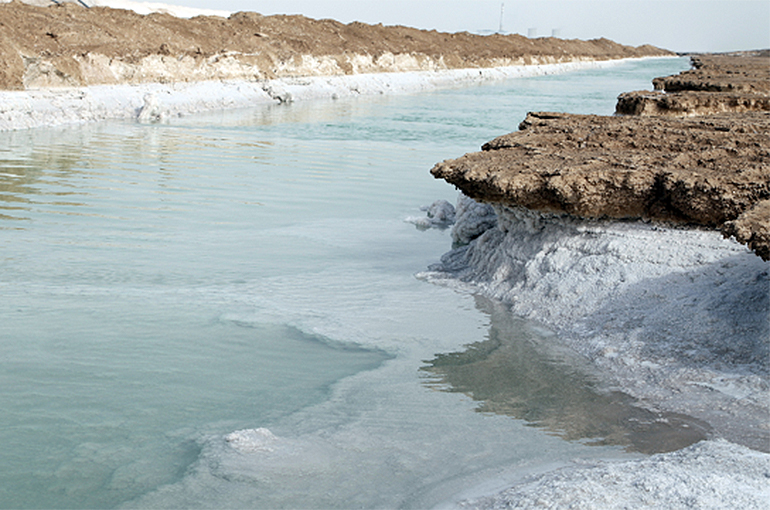 Xinjiang Produce of Artificial Seawater Innovation Attracts Chinese Wholesalers
Xinjiang Produce of Artificial Seawater Innovation Attracts Chinese Wholesalers(Yicai) Sept. 20 -- A novel innovation of farming seafood in Xinjiang Uygur Autonomous Region, China's farthest region from the sea, has attracted buyers from places including the Hong Kong Special Administrative Region after the Fukushima water discharge prompted consumers to avoid fish coming from the Pacific Ocean.
"The largest seafood wholesaler in Hong Kong said to us that they didn't expect to go to Xinjiang for seafood wholesale one day," Cai Zhunan, chairman of Shishixian Aquatic Products, said in an exclusive interview with Yicai recently. Buyers are looking for other options after Japan started releasing treated wastewater from the Fukushima power plant into the Pacific Ocean last month.
More than 200 investors come to Shishixian every day, including many large consortia, some of which intend to invest while others want to act as regional agents. Some regional governments also want to cooperate with Shishixian to develop mariculture in saline-alkali land, referring to soil with a high pH level which makes it hard for plants to grow.
By 2019, China's saline-alkali land covered 7.7 million hectares, much of which is located in Xinjiang. However, in recent years, Chinese researchers have started to try to form seafood breeding bases by transforming such difficult soil. Chen Jiazhen, technical director of Shishixian, is one of them.
In 2012, Chen developed microbial agents that act as fish fertilizers in the Guangxi Zhuang Autonomous Region, obtaining an invention patent issued by the China National Intellectual Property Administration. In the following years, his personal farm achieved annual revenue as high as CNY50 million (USD6.9 million). After 2019, with support from Kashgar's government, Chen and his business partner Cai, a founder of an electronics and clothing company in Xinjiang, invested CNY6 million (USD822,278) to build an experimental base for mariculture.
Most researchers add substances to prepare artificial seawater on top of saline-alkali soil but Chen’s team used microorganisms and circulation systems to transform salt lake water into a seawater system for sea fish breeding, Cai said. After numerous failures and investors' withdrawal, Chen’s team successfully obtained experimental data in March 2022 which proved that the system can support the growth of baby fish.
Cai and Chen set up Shishixian in July 2022 to start seafood farming in the lower reaches of the Boguzi River and the efforts have fruited some results. The firm plans to build a facility covering an area of about 333 hectares to breed eight varieties of seafood including tilapia, grouper, whiteleg shrimp, abalone, and lobster. They expect the annual output of the base to reach 15,000 tons in the next three to five years.
Investors, agents, and leaders of some local governments are visiting the company one after another. Some visitors even try to steal some salt water to figure out Chen's secret formula. Certain companies also try to poach scientific and technological personnel of Shishixian.
"This is a normal and interesting phenomenon in the commercial war, which makes our company full of monitors now," Cai said, adding that the scientific and technical staff have large personal growth space and future development prospects.
"Considering the utilization of all of the saline-alkali land in China, our future development will definitely be large-scale," Cai said, adding that the firm has core technologies and marketing buzz, which should give it more pricing power. However, in order to avoid market turmoil, Shishixian only pursues franchise, not agency cooperation, for the time being, he added.
Editor: Emmi Laine